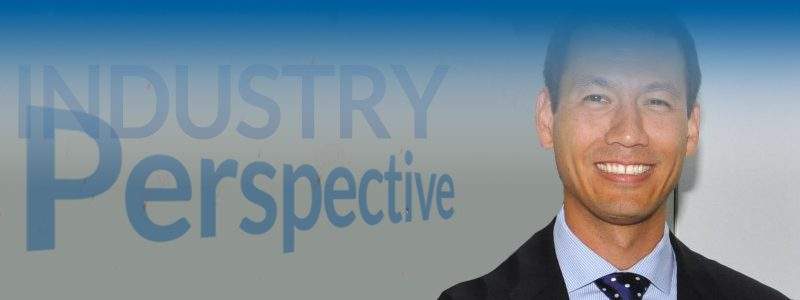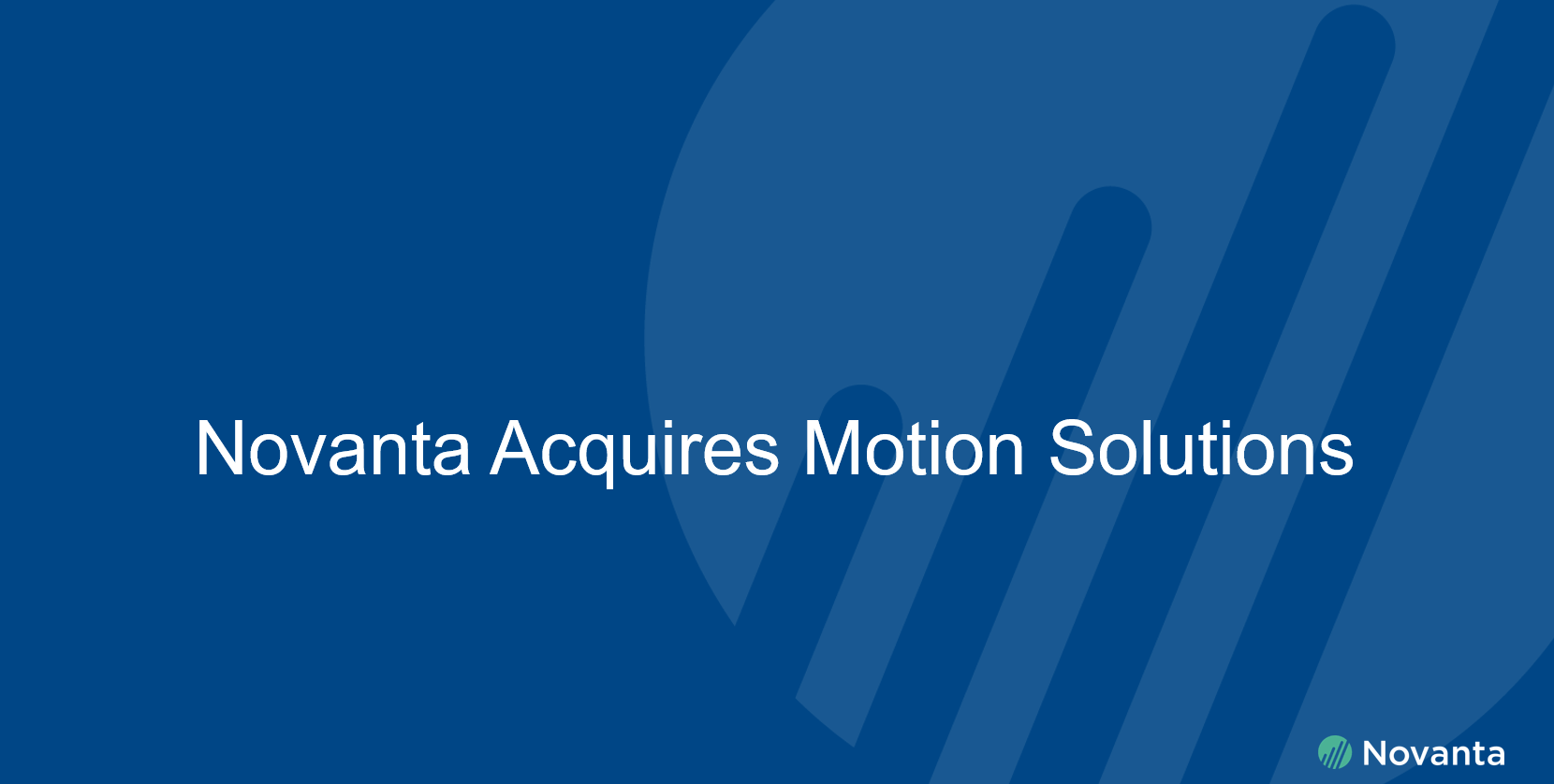Smart warehousing, leading the innovation curve, and the drive to differentiation.
Editor’s Note: this story is part of an ongoing series of blog entries in which Motion Solutions partners discuss opportunities and challenges facing the automation industry.
Q: What are some of the most important, emerging technologies in your industry??
Dan St. Martin: Everything from Industry 4.0 to the Internet of Things, the industrial Internet of things, energy efficiency, functional safety, smart factories, smart warehouses, and sensor integration. All of these are technologies and trends that are really going to have an impact on the motion business as a whole. Then, it is really up to Kollmorgen and our partners to take advantage of these opportunities.
There is a lot of confusion around both Industry 4.0 and the industrial Internet of things. You have to separate the hype from the reality. What we’re really looking for is ways to help our customers get step-function changes in productivity. That doesn’t necessarily mean that they put everything in the cloud and suddenly there’s this great solution. That might be a solution for some customers but it’s not a solution for many, and it doesn’t always lead to productivity increases. Our focus is really to develop a next-generation product portfolio that can introduce those productivity breakthroughs.
Q: What do you think are some of the biggest challenges in motion control today, and how is your company addressing them?
DSM: Some of the biggest challenges that we see through our end-users is that motion control can be hard to implement. It’s not enough just to buy the hardware and software. You need expertise to go along with it⎯and that is where Kollmorgen and our partners excel.
Q: What industry trends are you seeing that are likely to have the biggest impact on your business?
DSM: A trend that has a big impact on our business and we see as a really great opportunity is in warehouse automation solutions. What’s happening in smart warehousing in general, not just on the consumer side but in business to business, is that you’re seeing smaller batches, smaller parcel sizes, and greater need for flexibility and speed to the consumer. We are seeing really exciting growth in this arena as it applies to autonomous equipment and autonomous guided vehicles (AGVs).
Q: How are Kollmorgen and its channel partner, Motion Solutions, positioned to help the OEM?
DSM: Kollmorgen has a platform solution for AGVs. The proportion of forklifts that are actually automated today around the world is less than 1%. If you just step back with the view of what that might look like in our generation, there’s no question that a drastic percentage of those forklifts will be autonomous. What we’re trying to do is set the standard for that growth across warehouse automation. Therein lie the value proposition [for the OEM] and great opportunities for us.
Q: Regarding the industry/technology, what keeps you up at night?
DSM: I keep coming back to differentiation for our customers. How do we stay so far in front of the innovation curve that we can continue to help customers really differentiate? There will always be those who copy us, but if you’re innovating fast enough, you might not even care.
Another point—and this doesn’t just apply to Kollmorgen but to the whole industry—is making sure that we’re always closing the gap between our customers and end-users where the real work is happening, and bringing that information back in house to drive innovative solutions. We’re always trying to figure out ways to be easier to do business with for our customers. Our solutions with our partners can be complex systems. You don’t just plug in the software and press “go.” So, how do we continue to be very easy to do business with such that we can really help the customer? You can’t lose sight of that.

Dan St. Martin is the president at Kollmorgen.




